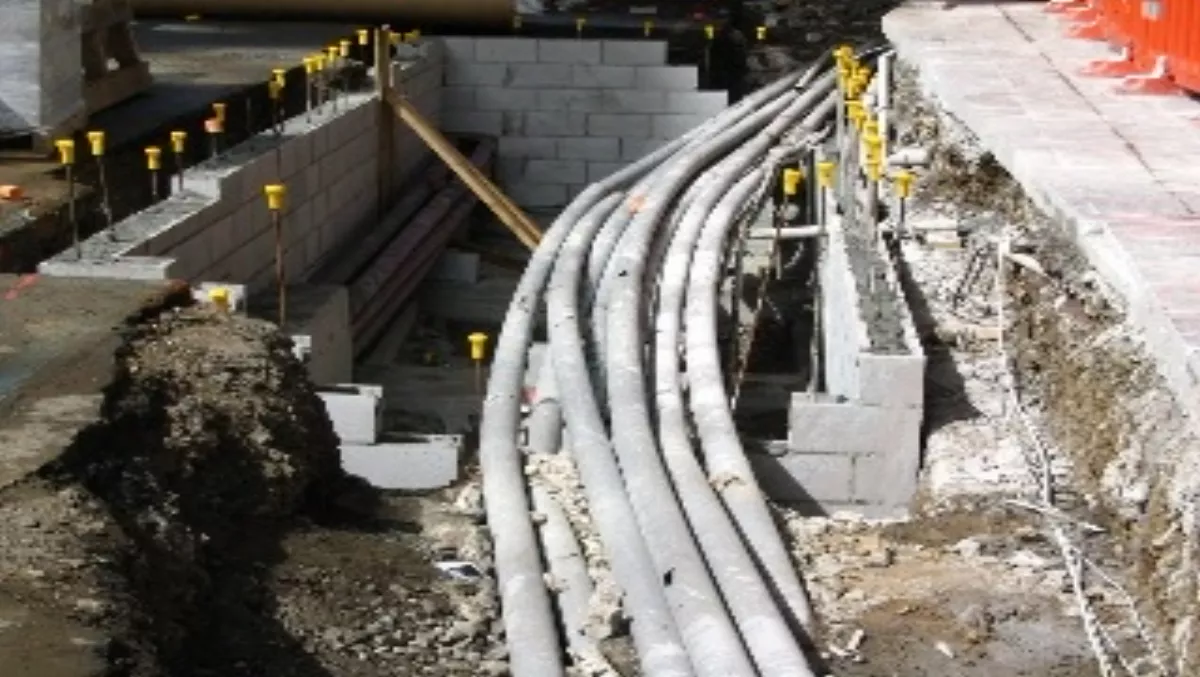
FIBRE 2010: The Canadian way
As the process for picking partners retreats further into the back room the third contender, Axia NetMedia, has come increasingly into the foreground. When everything kicked off in March last year, Axia requested its submission be kept private and when it put forward a bid in January it refused to provide public confirmation that it had done so. But earlier this month it called a press conference and announced it had a high profile partner in its bid - Vodafone.
Based on its submission to the UFB process, a 10-page press kit and comments made by CEO Art Price said at that Vodafone press conference, here’s what Axia proposes:
- Build a fibre grid across the country that wholesales fibre services (or layer 1 and 2 services) to retail companies offering voice, data, video, cloud computing and other next generation networkservices.
- The grid will not only extend the fibre network, but can provide backhaul for wireless solutions including 3G, 4G and WiMax (this could fit well with the government's Rural Broadband Plan as well as investments in wireless technologies from tier two players such as Compass and CallPlus).
- Use taxpayer subsidy and get to the government to commit its own traffic to the network to provide base revenues. In return operate as a kind of regulated monopoly that offers the same services to all retail providers (ISPs, etc.) at the same price wherever they are located in the country (ie: rural and urban pricing the same).
- If its bid is successful, look to fund the fibre rollout via the capital markets (in addition to the taxpayer contribution, there could be an additional $3.5 billion required for the UFB, according to market commentators). Axia has some kind of deal with Vodafone which could see the mobile giant invest up to 49% in a public company Axia would form in New Zealand if it won the bid.
But it is quite a plan. It’s simple and it not only ticks all the boxes in the government’s proposal; it adds a few bonuses. For example, Axia appears to welcome regulation and its fibre grid idea provides a way to encompass wireless solutions, which many argue have been ignored in the whole process.
Then there is the end-user pricing. According to its April 2009 submission, here’s what Axia thinks end-users could be charged for a basic service if it got to build the UFB network:
Wholesale rate to ISPs: $20 to $35 per month
Rate ISPs charge end-users: $40 to $50 per month
In addition, IPTV head-end infrastructure could be added which would enable IPTV services to be wholesaled to providers for $8 - $10 per month. And, due to the type and quality of broadband services that are provided, VoIP could be offered by local service providers for $5 - $20.
Now, assuming that an ISP provides IPTV services at double the basic wholesale price, here’s what an end-user could pay each month for full fibre triple play services if Axia wins:
Broadband access (100Mbps+) $50 + IPTV $20 + VoIP $20 = $90. Compare that with the rough calculations Vector hinted at during an interview with TR - close to $185. And what Telecom is offering now, as pointed out by the OECD’s Taylor Reynolds recently - broadband and local calling (24Mbps and a 40GB data cap) - $125.
(By the way, Reynolds is based outside France, and for $NZ57 a month he gets 100Mbps, 150 TV channels and voice service that includes international tolls to 100 countries.)
Now the purpose of the UFB isn’t necessarily to offer triple play services at cheaper prices, and Axia may have to redo its calculations, but what the end-user pays has got to be a factor in the Nationalgovernment’s calculations. After all, it’s there by virtue of the voting public and most citizens won’t want to pay over the odds for a network that a sizable chunk of their taxes has gone into building.
This article is part three in TR's online FIBRE 2010 series. The government is poised to spend $1.5 billion on a fibre network, and in so doing irrevocably change the New Zealand telecommunicationsindustry. In this series TR examines a different aspect of its UFB initiative. Feedback to

